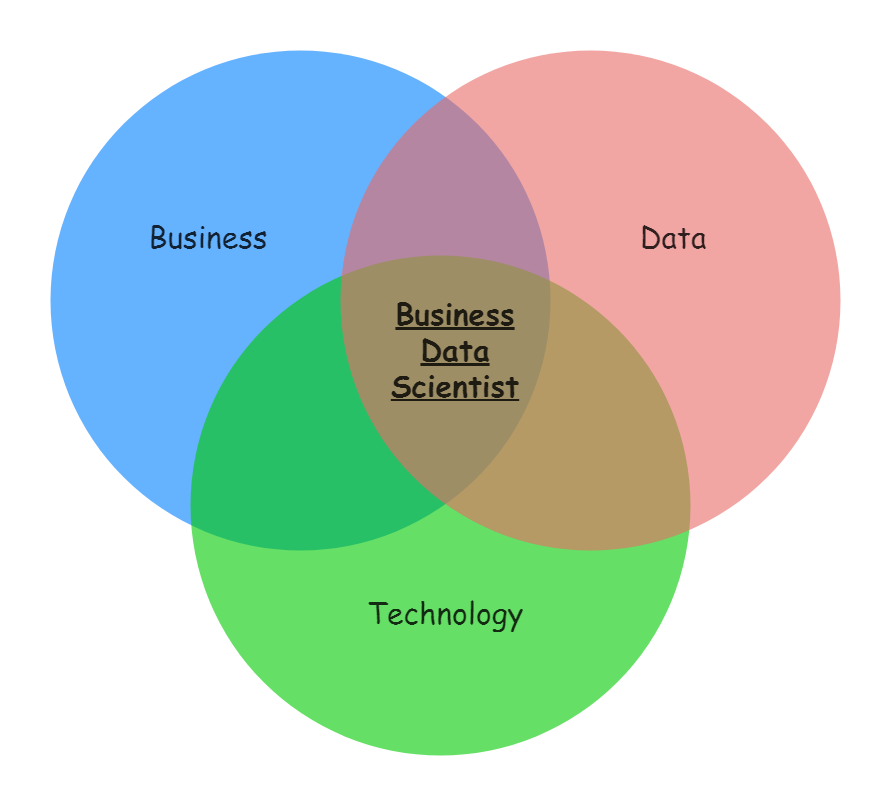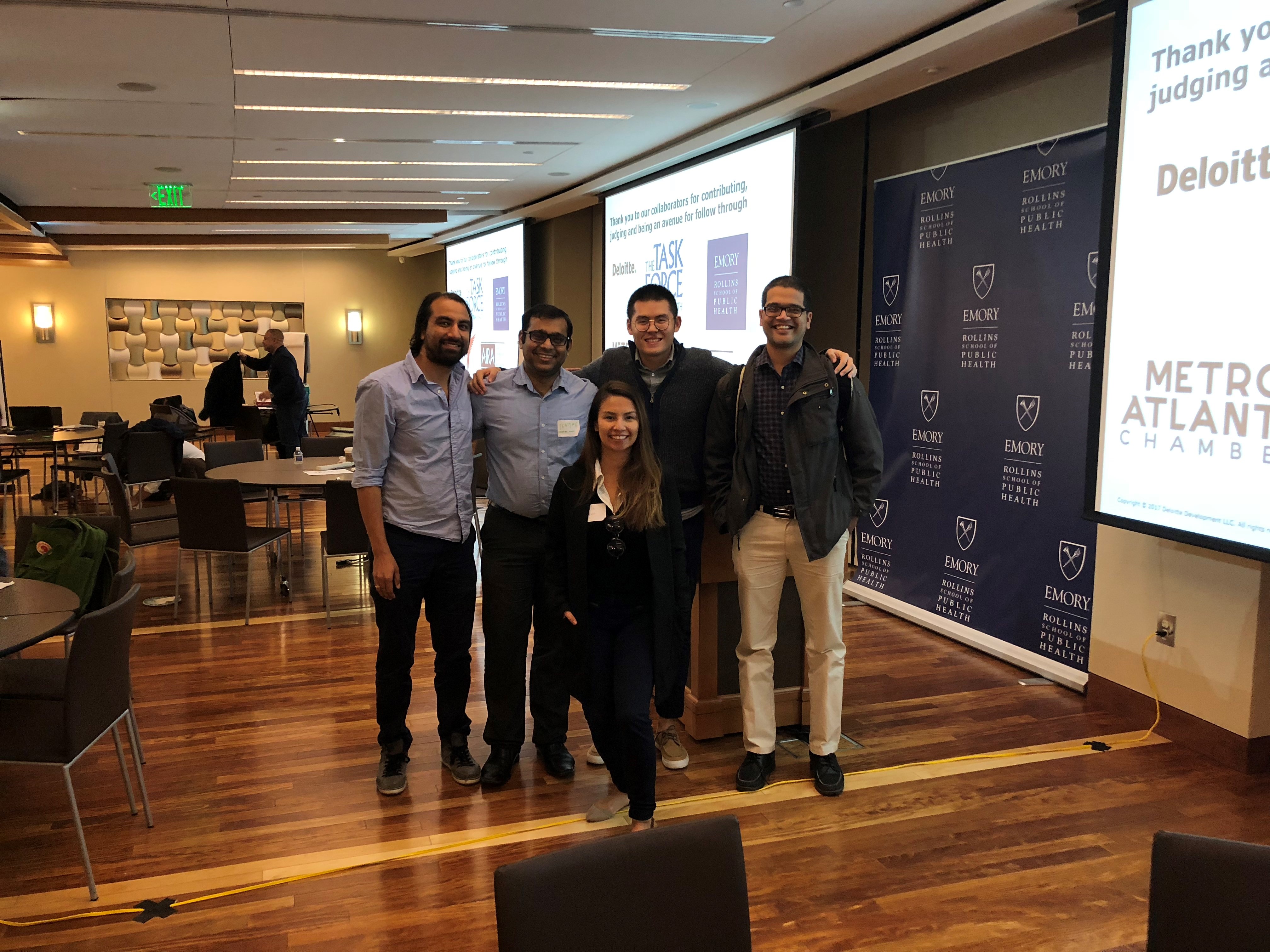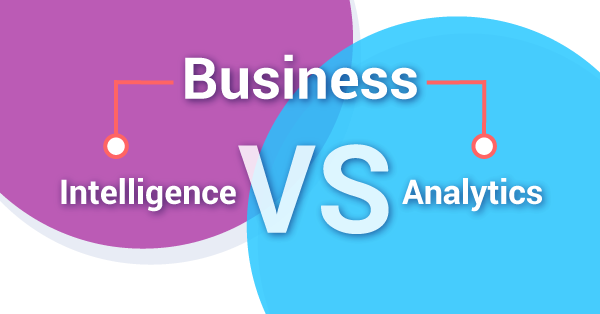What is a Business Data Scientist ?
March 2, 2018
It is known to all that the era of big data is coming. However, in the perspective of companies, most are not ready to embrace analytics the same way as those Big Data giants do: Facebook, LinkedIn, Amazon, and Google. Most importantly, not every company should do the same thing Google is doing: Data Scientists in Google are trying to use the most advanced models with the fastest algorithms to improve their click-through rate. Since 98% of the revenue of Google is derived from advertising, even a 0.001% improvement of the click-through rate means big returns for Google. However, this is not the case for other companies. For most of the companies, such as bricks and mortar, their businesses are not as automated as Google. Such processes include massive potential human error and are different case by case. Hence, when these companies want to use data analytics to solve their business problems, they need Business Data Scientists, who are able to analyze their processes to provide case-by-case analytics solutions, and more importantly, are able to acquire domain knowledge and “talk the business talk” with domain experts to make sure the solution is viable. Moreover, with the digitalization process sweeping through traditional industries, the experience working with big data systems also gives Business Data Scientists the ability to provide IT solutions and implement the advanced technologies. With the combination of business understanding, data skills, and modern technology skills, Business Data Scientists turn analytics into actionable insights.
 Me and My Team in 2017 Atlanta Healthcare Data Challenge
Me and My Team in 2017 Atlanta Healthcare Data Challenge
Therefore, in my opinion, instead of being Machine Learning Algorithm Engineers, Business Data Scientists should be “Business Problem Solvers”. My first experience in such a role was in the 2017 Atlanta Healthcare Data Challenge. Even without specific domain knowledge, I managed to require knowledge form public health experts, collaborating with my team to understand the problem. After building the Random Forest models, we were able to structure a viable solution to improve the immunization rate of an area, a solution that meets the regional policy and achievable in a short period of time. Finally we visualized the solution and told the story in a manner that was easily digestible to our audience, who are not experts in data analytics. This approach to data science ultimately landed us in the third place in the competition. I also currently serve as a Student Data Science Consultant in my program’s Capstone project, my client is one of the world’s largest wholesale auto auctions. Our mission is to solve the client’s headache caused by buyers’ arbitrations. My first step in the project was to site visit the company, going through the data-entry process: how the car is labeled when received by the company, services purchase by sellers, goes through workshops to be fixed, generation of condition report by inspectors. Such a process is complex and totally manual, and since my client is a marketplace provider in this process, not every part of this process is controllable by the client. I need to combine the business context with data mining, making sure the strategy is well-structured and actionable for the client. The first solution we provided is three predictive models that are plugged into different parts of the business process. The first model can capture 72% of the potential arbitrations, and the latter two models provide information regarding the service pricing for different sellers and buyers.
 Business Intelligence and Business Analytics overlap but not the same
Business Intelligence and Business Analytics overlap but not the same
Besides, compared to the auto-decision-process from Google Ads, most decisions are still being made every day by human instead of machines in most industries. Hence Business Intelligence is still a big part of a Business Data Science project. As the second solution, I designed a data visualization dashboard that is presented on management’s desktop to help them evaluate customers and make daily arbitration decisions. Finally, with our team’s suggestion, the client is implementing a Hadoop ecosystem for its future digitalization plan. To conclude, this is my understanding about what makes a Business Data Scientist: the combination of Data, Technology and Business. I am excited about starting my journey and will be happy to share more of my experience in the future.